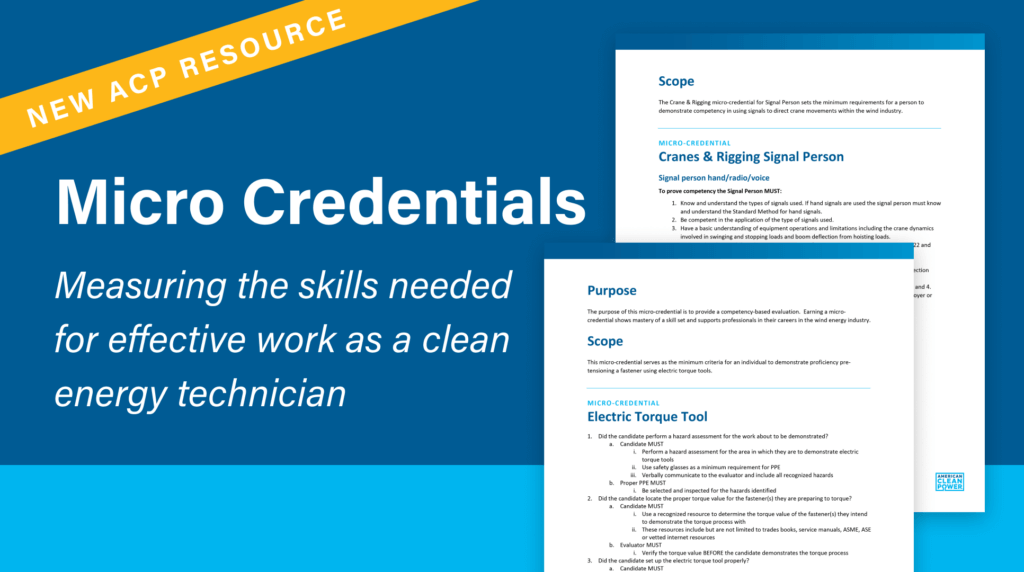Wind and Solar Utility scale projects in North America are typically quite large, with miles of buried cables transmitting energy to and from the substation. Multiple factors can converge to create erratic faults, catastrophic failures, and other maintenance challenges.
The collection system is typically arranged in radial strings of turbines connected to a collection point, typically at a collector substation. The most common collection voltage is 34.5kV, but other voltages may be encountered. These cable systems are commonly aluminum conductors with water tree retardant cross-linked polyethylene (TR-XPLE) solid dielectric insulation, copper concentric (flat or round) wire neutrals, and a protective polyethylene (PE) outer jacket.
Due to the length of some circuits, the cable segments are spliced together in various configurations with pre-molded, heat shrink or cold shrink accessories and directly buried in the earth. Another common solution is to use above ground junction boxes when cables are excessively long or when branches of the circuits are split or combined. These types of cable systems have proven to be highly effective in providing excellent reliability when inherent defects are removed at commissioning. However, when cable systems exhibit in-service failures, they can adversely affect wind farm operating costs, reliability, revenue, and most importantly, safety.
There are many different types of Cable tests mentioned in the industry literature, but this paper will cover five of the more widely available test methods used in the renewable energy industry to test medium voltage cables.
Join American Clean Power
Elevate Your Business with Insider Access:
- Policy Direction: Your voice in critical industry discussions.
- Exclusive Networking: Learn directly from key players in clean energy.
- Insider Information: First-hand access to policy insights and premier events.
- Advanced Tools: Our proprietary data at your fingertips to drive growth.
Act now to become a defining part of clean energy’s future.
Stay informed
Subscribe to American Clean Power and receive the latest clean energy news, policy updates, and opportunities to get involved.





